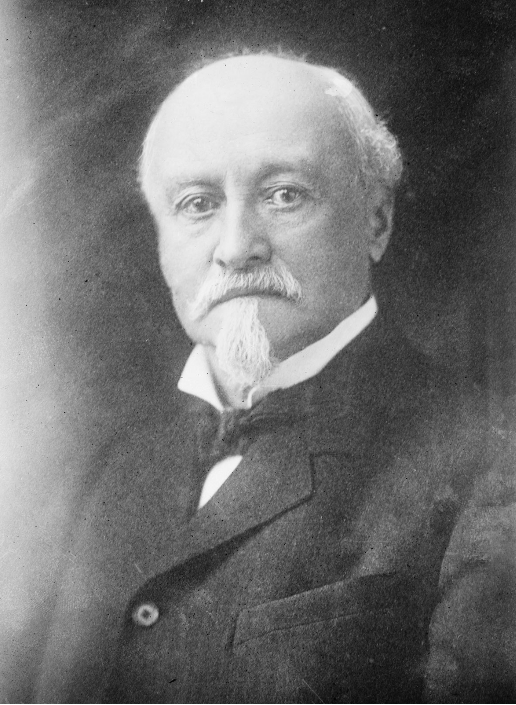From here on out, he put all of his efforts into aviation and making flying machines and invested in the youth that were also interested in aviation and aimed to educate them as best as he could. Chanute, along with some of his assistants, made various glider designs. The most successful and significant aviation accomplishment in that time was a glider designed by Chanute that was a multiplane design, and was designed to be sturdy by taking into account some basic building techniques he had learned form railroad and bridge design from his past (picture included below). The design of his successful man carrying glider was modeled after by the Wright Brothers in their endeavor to achieve powered man carrying flight. Chanute visited the Wright Brothers in the later stages of his life and encouraged them while also providing some information and insight about how to move forward with their designs, as he was very interested in powered flight and was invested in future generations to try to help them achieve this feat.
Chanute died on November 23rd, 1910, so he was alive during the first Wright Brothers’ flight and was able to influence them and give them his council up until his time of death. He was deemed by the aviation community after his death as the Father of Aviation and the Heavier than Air Flying Machine. Without his brilliant designs for aircraft, the aviation community would have seen much less progress at the time and would likely have changed the advancement of aviation as we know it today. Octave Chanute left behind a powerful legacy and a basis for aircraft design that led to the extremely advanced aircraft designs we have today.

